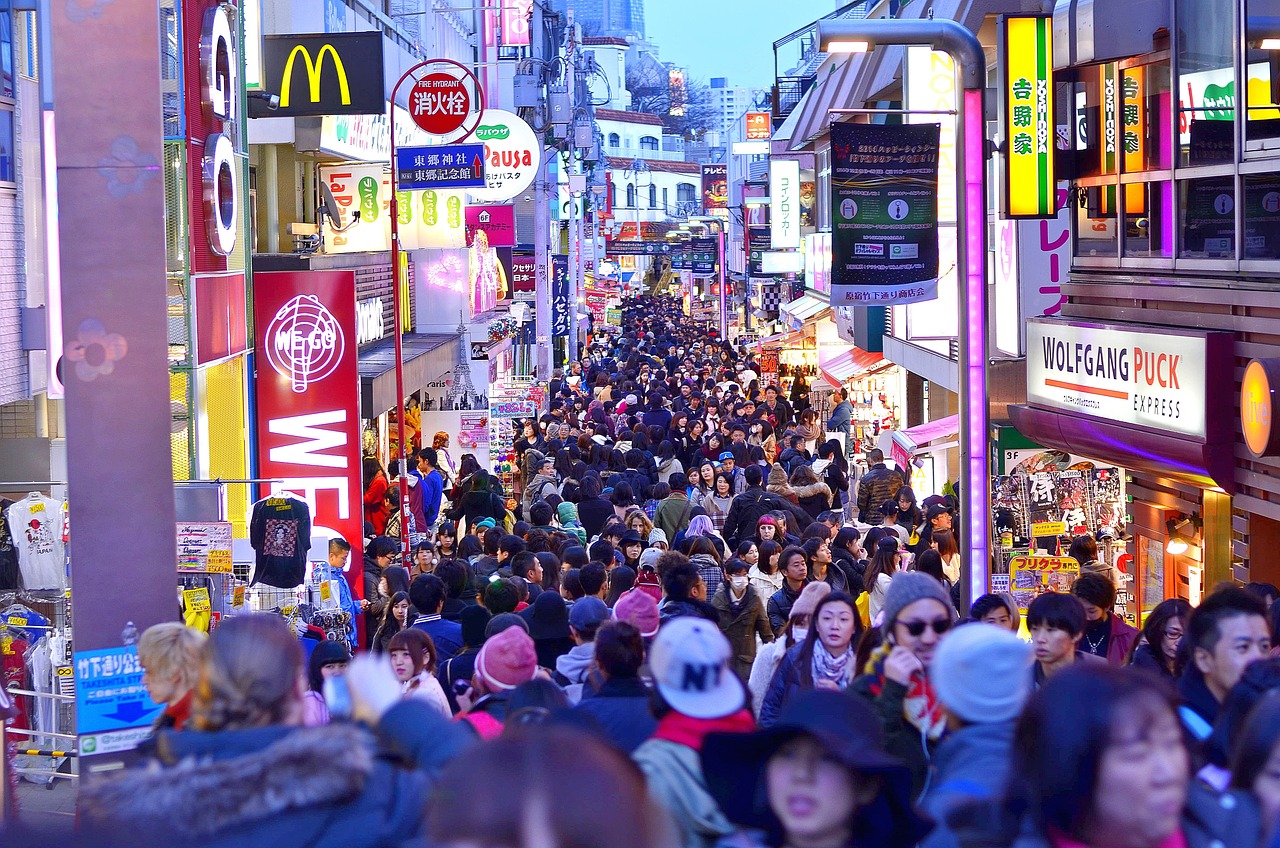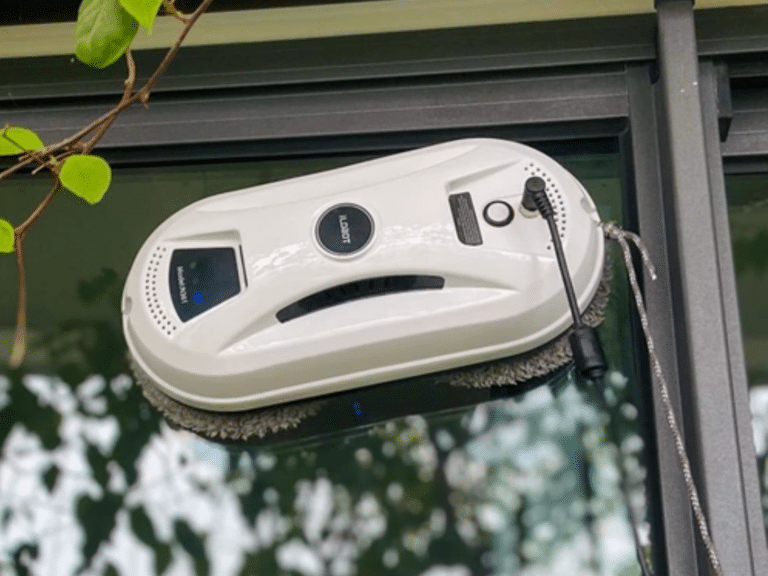In the interconnected world of business, the importance of reaching diverse audiences cannot be overstated. Multilingual marketing is a powerful tool, opening doors to new markets and fostering global connections. In this article, we’ll delve into the realm of Japanese translation in advertising, exploring strategies to navigate the linguistic and cultural intricacies for a successful marketing campaign.
Introduction to Multilingual Marketing
Multilingual marketing goes beyond language translation; it’s about connecting with audiences on a cultural level. The global marketplace demands a nuanced approach, recognizing the diversity of languages and cultures that exist.
Japanese Market: A Lucrative Opportunity
Japan, with its rich cultural heritage and advanced economy, presents a lucrative opportunity for businesses. Understanding the local market dynamics, consumer behaviors, and preferences is crucial for effective marketing.
Challenges in Japanese Translation for Advertising
Translating content into Japanese comes with its set of challenges. From linguistic nuances to cultural sensitivities, advertisers must navigate potential pitfalls to convey the intended message accurately.
Benefits of Effective Japanese Translation
Mastering the art of Japanese translation offers numerous benefits. Building trust, enhancing brand credibility, and tapping into diverse market segments are among the advantages businesses can gain.
Strategies for Successful Japanese Translation in Advertising
To achieve successful Japanese translation, businesses should consider hiring professional translators, utilizing localization services, and conducting thorough market research. These strategies ensure the message resonates authentically with the Japanese audience.
Incorporating Cultural Relevance in Advertising
Understanding and respecting Japanese cultural norms is paramount. Tailoring advertising content to align with local sensibilities fosters a deeper connection with the audience. Examining successful examples highlights the impact of culturally relevant ads.
Leveraging Technology in Japanese Translation
While technology, including AI and machine translation tools, can aid the translation process, a human touch remains indispensable. Balancing automated translation with human expertise ensures linguistic accuracy and cultural appropriateness.
Case Studies: Successful Multilingual Marketing Campaigns
Exploring case studies of brands excelling in the Japanese market provides valuable insights. Analyzing their strategies and approaches sheds light on effective multilingual marketing practices.
Tips for Crafting Compelling Multilingual Ad Copy
Crafting compelling ad copy requires a nuanced understanding of storytelling in different languages. Emphasizing unique selling points effectively ensures that the message resonates with the target audience.
SEO Considerations in Multilingual Marketing
Optimizing content for search engines is crucial in multilingual marketing. Understanding the importance of localized SEO and conducting thorough keyword research for the Japanese audience is key to visibility and engagement.
Measuring Success in Multilingual Advertising
Establishing key performance indicators (KPIs) specific to diverse markets is essential. Analyzing engagement and conversion rates provides valuable data for refining and optimizing future multilingual marketing campaigns.
Addressing Multilingual Marketing Missteps
Learning from failures is a crucial aspect of successful multilingual marketing. Adapting strategies based on lessons learned ensures continuous improvement and a more refined approach to diverse audiences.
Future Trends in Multilingual Marketing
As consumer behavior evolves and technology advances, the landscape of multilingual marketing is constantly changing. Staying abreast of future trends allows businesses to adapt and remain at the forefront of global marketing.
Conclusion: Embracing Multilingual Marketing for Global Success
In conclusion, the world of advertising is evolving, and embracing multilingual marketing is not just a choice but a necessity for global success. By understanding and implementing effective Japanese translation strategies, businesses can bridge cultural gaps and connect with diverse audiences authentically.
FAQs about Multilingual Marketing and Japanese Translation
While machine translation has its merits, relying solely on it may result in inaccuracies and cultural missteps. Combining automated tools with human expertise ensures a more nuanced and accurate translation.
Key performance indicators (KPIs) such as engagement rates, conversion rates, and market-specific metrics help businesses gauge the success of their multilingual marketing efforts.
Cultural relevance is paramount in Japanese advertising. Adapting content to align with cultural norms and sensitivities fosters a deeper connection with the Japanese audience.
Common pitfalls in Japanese translation include overlooking linguistic nuances, neglecting cultural considerations, and relying solely on literal translations. Thorough research and professional assistance can help avoid these pitfalls.
Staying informed about evolving consumer behaviors and technological advancements is crucial. Regularly updating strategies based on industry trends ensures businesses remain competitive in the multilingual marketing landscape.













